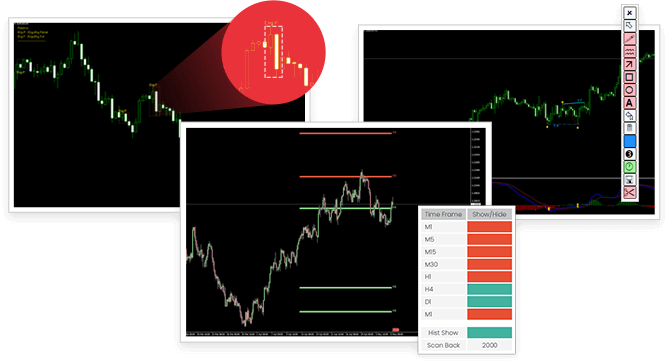The euro is the official currency of the European member states who have embraced it as their nation’s currency.
Presently, 19 nations have chosen the euro as their official currency and they include Cyprus, Belgium, Slovenia, Slovakia, Portugal, Lithuania, Estonia, Latvia, Portugal, Germany, Spain, Ireland, Greece, Italy, France, Finland, the Netherlands, Luxembourg, and Malta – these nations comprise what is known as the eurozone.
The euro was introduced in 1999 while printing of paper notes and euro coins began in 2002. Symbolized as “EUR,” the euro is the second most traded currency just after the U.S. dollar.

Several country’s currencies coalesce with the euro while four non-European nations have adopted the euro as their official currency (Monaco, San Marino, Vatican City, and Andorra).
National central banks of all EU member states and the European Central Bank (ECB) are tasked with preserving the value and security of the EUR while actions are overseen by the European System of Central Banks (ESCB).
Similar to most major currencies, the EUR is significantly impacted by inflation. One metric used to measure inflation in the eurozone would be the Consumer Price Index (CPI), which gauges the price of a basket of goods that the average EU household is likely to purchase.
Market sentiment in addition to monetary policies, such as interest rate fluctuations set forth by the European Central Bank, may have substantial impacts on the EUR.
Foreign exchange traders also tend to levy eurozone GDP. Should GDP be reflecting signs of prosperity and strength, the value of the EUR is likely to appreciate and vice versa for depreciation.
The trade balance and current balance between countries also referred to as the balance of payments, is a monthly report whose metrics may also influence the euro. An emphasis is put upon the balance of payments for Germany and France since they are two of the largest countries in the European Union.
There is a myriad of factors that may affect the value of the EUR although the determinants most commonly analyzed include eurozone GDP, changes to monetary policies, market sentiment, and inflation.
















